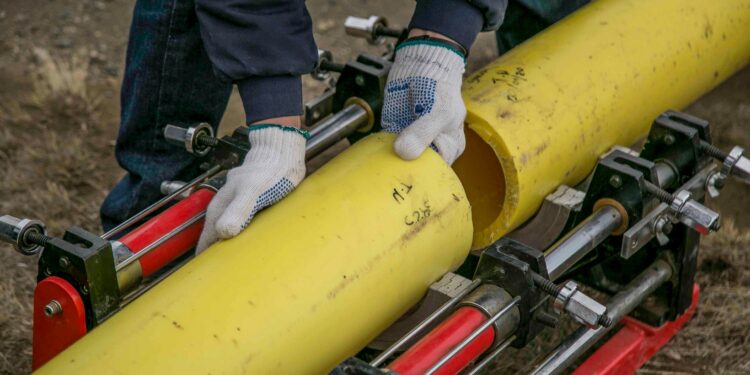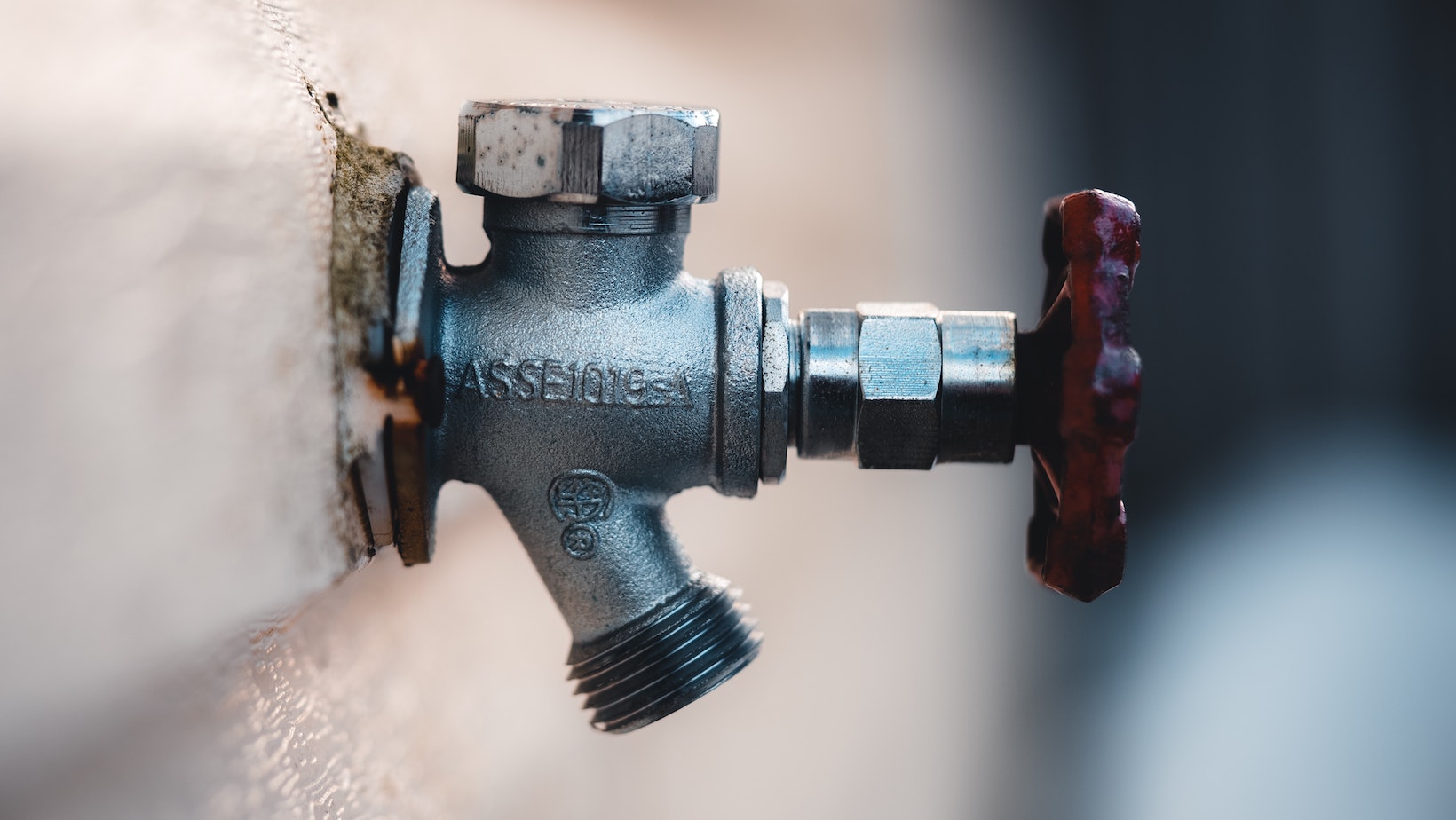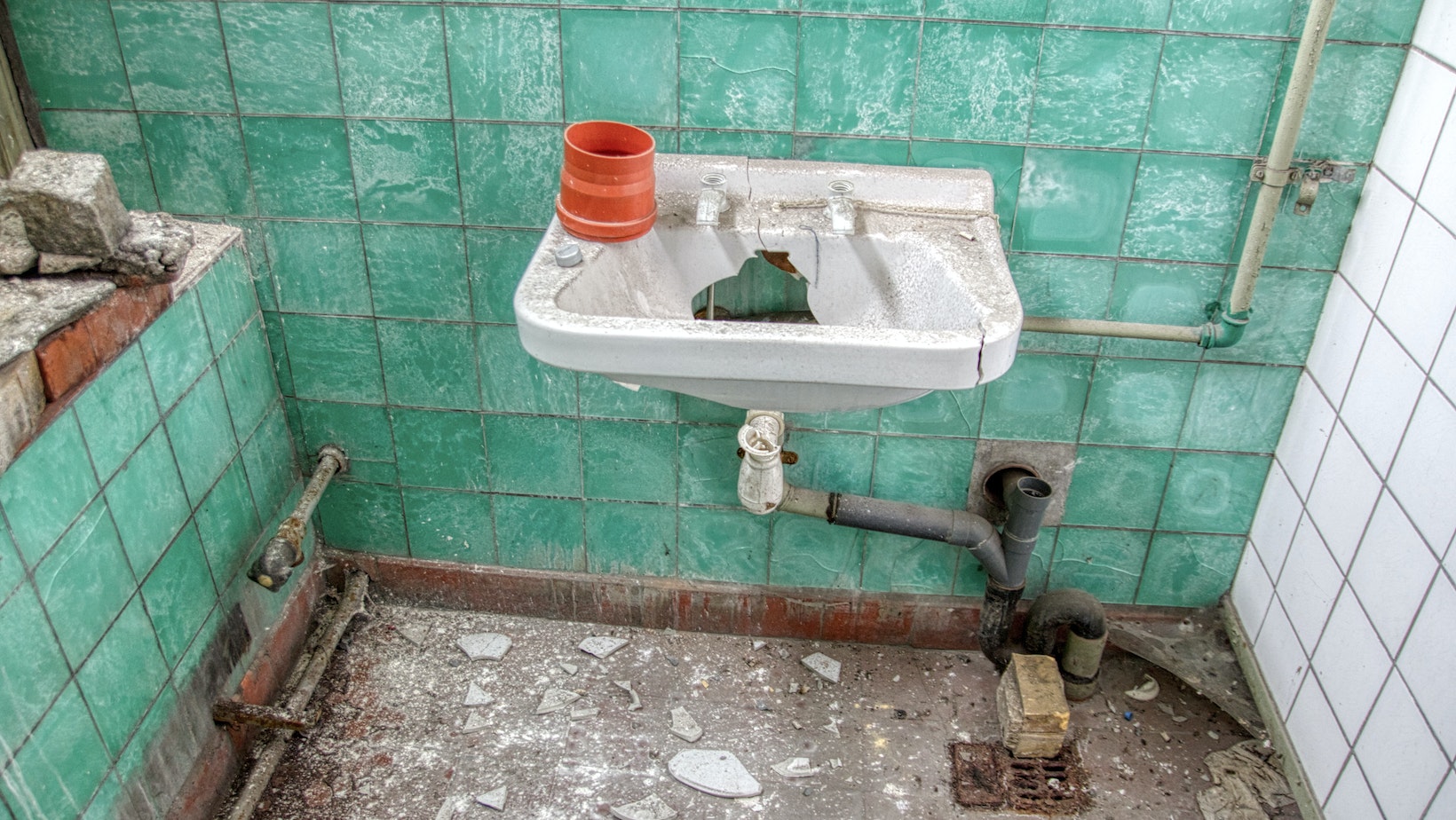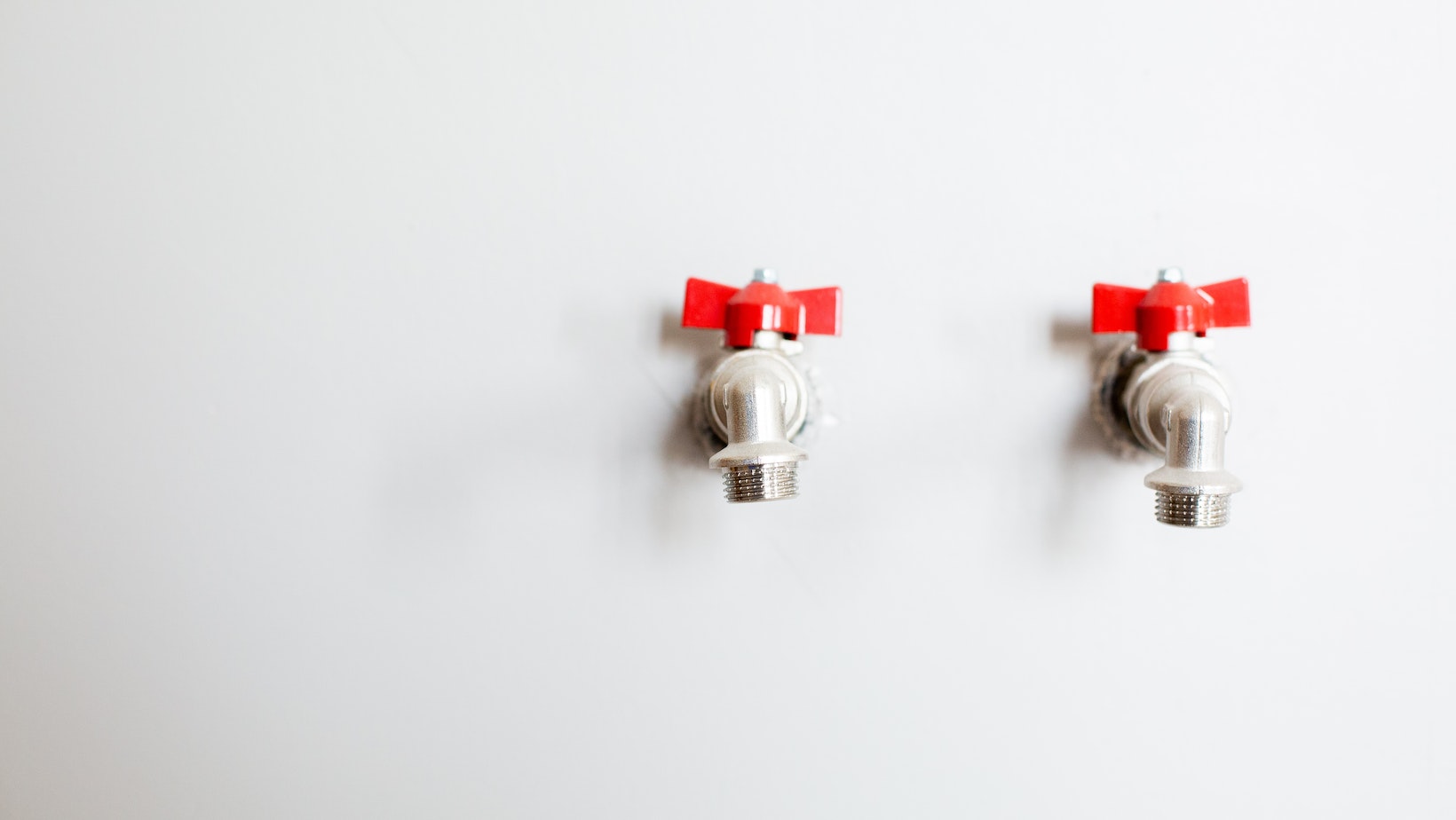Plumbing can be intimidating for starting, but it doesn’t have to be that way. Many home repairs can be done safely and efficiently with the proper tools and basic plumbing knowledge.
In this article, we’ll discuss how to do plumbing at home, from understanding the materials and their uses to taking on more involved projects. You can make the most out of your plumbing projects with the right advice and patience.
Understanding Your Plumbing System
Understanding your plumbing system is crucial for basic home maintenance and fixing common plumbing problems. In addition, it can save you a lot of money and time spent on calling a plumber for minor issues. Here are some plumbing basics to help you do plumbing at home:
1. Learn the location of your main water shut-off valve as it controls water flow throughout your home.
2. Know your plumbing system’s materials and age, as it can give you a better idea of what to expect regarding maintenance and repair.
3. Check for leaks regularly, and fix them immediately to prevent water damage and high utility bills.
4. Understand the common plumbing tools and their uses, such as a plunger, plumbing wrench, and pipe cutter.
5. Learn how to fix common plumbing problems like a clogged drain, running toilet, or leaking faucet. With some basic knowledge and tools, you can prevent costly repairs and maintain your plumbing system.
Pro tip: However, it’s best to call in a professional plumber for complex plumbing issues.
Familiarizing with common plumbing terms
Familiarizing yourself with common plumbing terms is essential to understanding how to do plumbing at home.
Here are some of the most common plumbing terms you should know:
Fixture: The endpoint of a water supply system where water is used, such as a sink, shower, or toilet.
Drain: The pipe that carries wastewater away from a fixture and into the sewer or septic system.
P-trap: A curved section of pipe that prevents sewer gases from entering the home.
Shut-off valve: A valve that can be used to turn off the water supply to a fixture or the entire house in case of an emergency.
Water heater: A device that heats and stores water for use in the home.
Understanding these basic terms will help you troubleshoot basic plumbing issues and communicate effectively with plumbers.
Identifying and shutting off water supply in case of emergencies
Knowing how to identify and shut off the water supply in plumbing emergencies is an essential skill every homeowner should possess. Here’s a step-by-step guide to help you through the process:
Locate the main water shut-off valve, which is usually located near your water meter or where the water enters your home. The valve clockwise to shut off the water supply to your home. Turn off the main power supply or the breaker if you have a well. For localized emergencies such as a burst pipe, look for the valve controlling the water flow to that area and shut it off. Cannot locate the valves, refer to your home’s manual or contact a professional plumber for assistance.
Pro tip: Make sure everyone in your household knows the location of the main shut-off valve and how to use it to prevent water damage in case of emergencies.
Tools and Equipment for Plumbing
When it comes to plumbing at home, it is important to have the right tools and equipment handy. From wrenches to plungers, there are many items that you will need to help you with your project. Here we will look at the various tools and equipment you need to help you do plumbing at home.
Required tools for basic plumbing projects
If you plan to tackle a basic plumbing project at home, there are several essential tools and equipment that you’ll need to have on hand.
Adjustable wrench: Used for tightening or loosening nuts and bolts on pipes.
Pipe wrench: Used for larger pipes and fittings.
Plunger: Used to dislodge clogs in drains or toilets.
Hacksaw: Used to cut pipes to the desired length.
Teflon tape: Used to seal threaded connections between pipes and fittings.
Pipe cutter: Used to cut copper or PVC pipes.
Basin wrench: Used to loosen or tighten nuts for sink faucets or other hard-to-reach connections.
Pro tip: Always wear protective gear such as gloves and goggles when working with plumbing tools to avoid injury.
Specific Equipment Needed for Plumbing Tasks
Plumbing tasks require specific equipment that is essential for efficient and effective plumbing.
Here is a list of tools and equipment necessary for doing plumbing at home:
Pipe Wrench: This wrench is used to tighten or loosen threaded pipes and pipe fittings.
Adjustable Wrench: This wrench is used to tighten or loosen hexagonal-shaped nuts and bolts.
Basin Wrench: This tool is used to reach tight spaces when tightening or loosening faucet nuts or mounting bolts under sinks.
Plunger: This tool is used to unclog a toilet or drain.
Pipe Cutter: This tool cuts copper, brass, and iron pipes.
Hacksaw: This saw is used to cut plastic, PVC, and other non-metallic pipes.
Teflon Tape: This tape is used to seal threaded connections.
Silicone Caulk: This caulk is used to seal bathtub and shower fixtures.
With the right tools and equipment, you can confidently tackle any plumbing task at home, from fixing a leaky faucet to installing a new sink.
Safety gear for plumbing projects
Plumbing projects can be dangerous and require proper safety gear to prevent injury or accidents. Here is a list of essential safety gear for plumbing projects to ensure you stay safe while working on your plumbing system.
Safety Glasses: Protect your eyes from debris, sawdust, and chemicals.
Gloves: Prevent cuts, burns, and other hand injuries.
Steel-toed Boots: Protect your feet from heavy tools, falling objects, and accidental drops.
Hard Hat: Shield your head and face from falling objects and head injuries.
Respirator Mask: Protect your lungs from breathing in toxic fumes, dust, and other irritants.
Ear Plugs: Protect your hearing from loud noise from power tools and machinery.
Investing in proper safety gear is important to prevent injury or accidents while working on plumbing projects. Remember, safety always comes first!
لینک مستقیم نصب فیلتر شکن سایفون
As a homeowner, there are certain types of plumbing problems that you’re likely to run into at some point. Plenty of issues can arise from a clogged sink or toilet to a leaking pipe. Therefore, it’s important to understand the common plumbing problems and how to fix them.
In this article, we’ll go over some of the most common plumbing problems and provide advice on how to fix them.
Clogged sinks and drains
Clogged sinks and drains are homeowners’ most common plumbing problems. Fortunately, they can typically be fixed with simple tools and techniques.
Here’s how to do plumbing at home and fix clogged sinks and drains:
- Start by flushing the drain with hot water. This can sometimes help push through any blockages.
- If the clog persists, try using a plunger to create a vacuum and suction out the blockage. Be sure to block any overflows or secondary outlets to prevent splashing.
- If the plunger doesn’t work, use a plumbing snake to remove the blockage manually. Insert the snake into the drain, twist it until you hit the blockage, and pull it out carefully.
- As a preventive measure, avoid pouring grease, oil, or coffee grounds down your drain, and use a filter to catch any larger debris.
- If these methods do not work, it may be time to call a licensed plumber. Remember that plumbing can be complex and dangerous, so always prioritize your safety and follow manufacturer instructions carefully.
Pro tip: Regular preventive maintenance can help avoid clogs and other plumbing issues.
Dripping faucets and leaky pipes
Dripping faucets and leaky pipes are common plumbing problems that can lead to significant water waste, increased utility bills, and property damage. However, fixing them yourself can save you time and money. Here are some steps to fix them:
Turn off the water supply to the affected faucet. Next, turn off the water supply to the affected pipe.
Remove the faucet handle and the cartridge or valve. Locate the leak and dry the area.
Replace the faulty washer or O-ring. Use a pipe cutter or hacksaw to remove the damaged section of the pipe.
Reassemble the faucet and turn on the water supply. Install a new pipe section and secure it with compression fittings or soldering.
Turn on the water supply and check for leaks.
Pro Tip: Plumbing problems can be avoided by investing in quality pipes, fittings, and fixtures and performing regular maintenance checks.
Running toilet or toilet clogs
A running toilet or toilet clog can be a frustrating and common plumbing problem that can be quickly and easily fixed with a few simple tools and techniques.
For a running toilet, start by checking the tank’s flapper valve to ensure it’s properly seated and not allowing water to leak into the bowl. If the flapper valve is okay, check the float level and adjust it if necessary. A high or low float level can cause a running toilet.
For a toilet clog, use a plunger to unclog the toilet. If the plunger doesn’t work, use a toilet auger to dislodge the clog. Wear gloves and avoid using chemical drain cleaners, which can damage your plumbing pipes.
If these solutions don’t work, it’s best to call a licensed plumber to diagnose and fix the problem, especially if you’re inexperienced with plumbing tasks.
Upgrading and Upkeeping your Plumbing System
Maintaining and upgrading your plumbing system at home is essential to ensure everything will keep running smoothly. Whether a small issue such as a leaky tap or a bigger one such as a burst pipe, these problems can be easily sorted by following a few simple steps.
In this article, we will go over the various ways of how to do plumbing at home.
Upgrading outdated or failing plumbing components
Maintaining and upgrading an outdated or failing plumbing system is essential to keep your home safe and functional. Here are some tips on how to do plumbing at home:
1. First and foremost, always turn off the water supply before attempting any plumbing work.
2. Ensure you have the necessary tools and equipment to carry out the task. These may include wrenches, pliers, Teflon tape, and replacement parts.
3. Identify the specific component that needs upgrading. This may include pipes, faucets, valves, or toilets.
4. If available, follow the manufacturer’s instructions or consult an expert plumber for guidance.
5. Test the upgraded component thoroughly before turning the water supply back on.
Upgrading and upkeeping your plumbing system can avoid costly repairs and potential water damage to your home. Remember, if you’re unsure how to do plumbing at home, don’t hesitate to call a professional.
Pro-tip: Regularly inspecting and maintaining your plumbing system can help prevent the need for major repairs or replacements in the future.
Preventative maintenance for your plumbing system
Proper preventative maintenance is crucial to keep your plumbing system in good condition and avoid costly repairs. Here are some tips on how to do plumbing at home for preventative maintenance:
1. Inspect your pipes regularly for leaks, corrosion, or damage.
2. Clear any clogs in your drains and regularly clean sink stoppers and shower screens.
3. Avoid pouring grease or oil down your kitchen sink and dispose of food waste properly.
4. Install drain guards to prevent hair and debris from clogging bathroom drains.
5. Get your water heater serviced annually to prevent sediment buildup and improve efficiency.
6. Upgrade to low-flow fixtures and appliances to conserve water and reduce stress on your plumbing system.
Following these tips can save money on repairs and keep your plumbing system in tip-top shape.
Signs that indicate it may be time to replace your plumbing system
A plumbing system is essential to any home, and timely repairs and upgrades can save money and prevent plumbing disasters. Here are some signs that indicate it may be time to replace your plumbing system:
Low water pressure:If you notice a decrease in your home, it could be due to damaged or corroded pipes, and a replacement may be necessary.
Consistent leaks:Leaks in your plumbing system can cause water damage and mold growth, and if your system has frequent leaks, it may be time for an upgrade.
Discolored water:Brown or yellow water is a sign of rusty pipes, and they should be replaced before they burst or contaminate your water supply.
Age of the system:If your plumbing system is more than 25 years old, it may be time to consider upgrading to a more efficient and durable system.
Regular maintenance and inspections are necessary to ensure your plumbing system operates efficiently and lasts a long time. Pro tip: Hire a professional plumber to perform regular checks and maintenance on your plumbing system to prevent costly repairs and replacements.



















